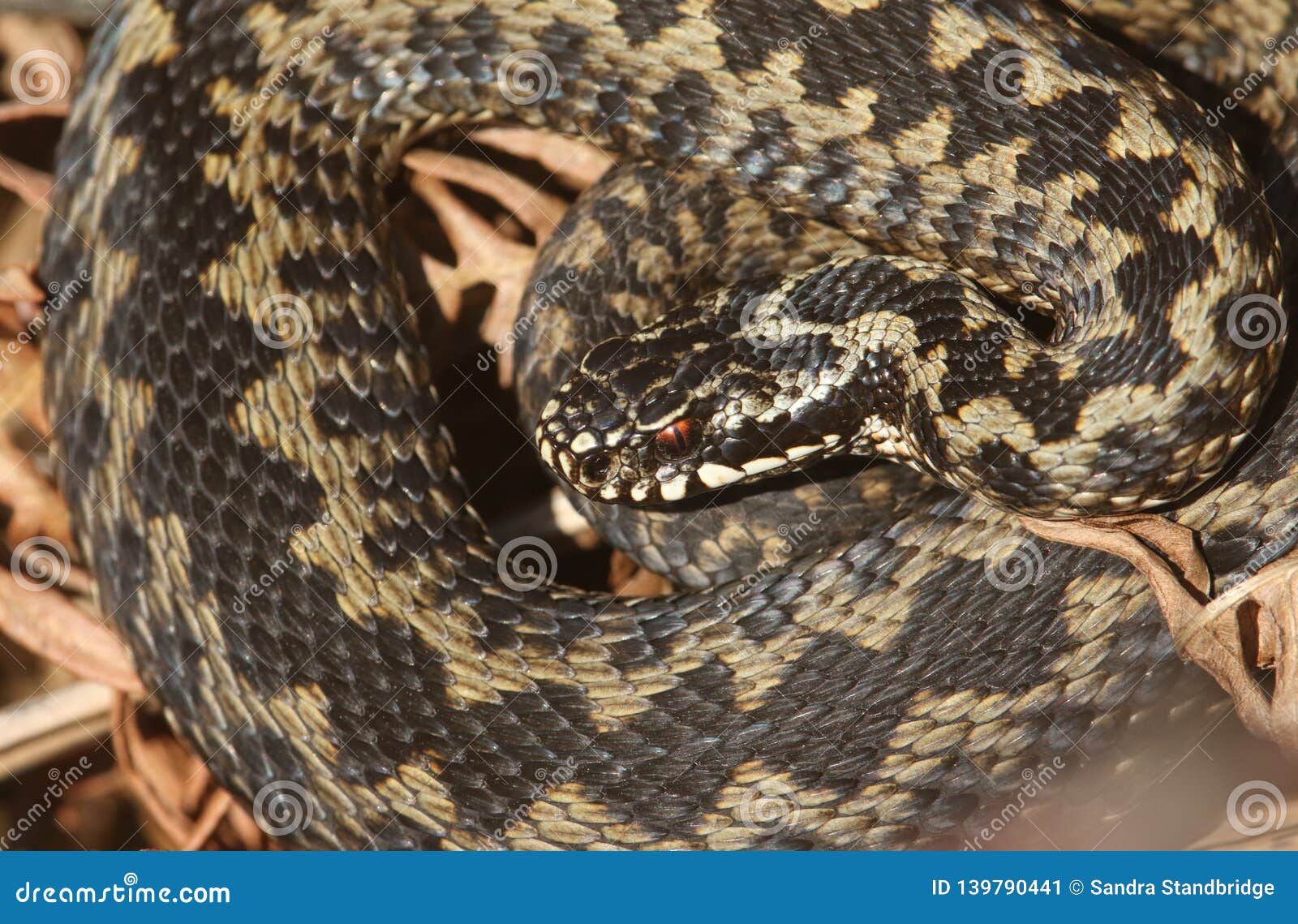
Are Copperhead Bites Fatal Without Treatment?.How Long Does It Take For A Copperhead Bite To Heal?.Do You Need Antivenom For Copperhead Bites?.What Does It Feel Like To Be Bitten By A Copperhead?.What Time Of Day Are Copperhead Snakes Most Active?.What Snake Is Mistaken For A Copperhead?.How Do You Know If Your Dog Has Been Bitten By A Copperhead?.What To Do If A Dog Gets Bit By A Copperhead Snake.How Long Does It Take For Copperhead Venom To Work?.Can You Survive A Copperhead Bite Without Antivenom?.Do I Have To Go To The Hospital For A Copperhead Bite?.How Long Do You Have If A Copperhead Bites You.Also, rattlesnakes on your property or in your house can be a sign of a rodent infestation. Concerned property owners should contact Critter Control for expert rattlesnake removal and rodent control. Because of their birth rate and denning instincts, rattlesnakes around the home can become an urgent issue. Snake ControlĪ female rattlesnake reproduces every two or three years and has about 24 babies in each litter. The pests return to the same denning sites year after year, which can create conflicts with humans or other animals in the area. Rattlesnakes in the winter take refuge in animal dens and may curl up under a porch or shed to find warmth. When temperatures drop, rattlesnakes avoid sub-zero conditions and find safe havens below the ground. In warm weather, the pests hide near homes among rocks and thick brush.

If you live in a warmer climate like Miami, Baton Rogue, Phoenix, or Los Angeles, rattlesnakes might stay active all year round. Rattlesnakes generally enter burmation when the temperature is consistentlly under 60° Fahrenheit (15° Celsius). It will also hunt for small rodents that may serve as a much-needed meal. On warmer days, a rattlesnake in winter will bask in the open and soak up as much sun as possible. They will rouse to find the water they need to survive and will sometimes even be found sitting on a warm rock in the sun on a warmish day in January!ĭuring brumation, rattlesnakes lower their metabolic rates by nearly 70 percent, allowing them to live for months with little or no food. During a snake’s brumation period, they are lethargic but not totally asleep. Snakes nearing brumation eat less because they do not want food in their system during brumation. The main difference between hibernation and brumation is that when a mammal nears its time to hibernate, it eats more to gain enough fat to sustain it through its winter’s sleep. However, they become much less active while in a state known as brumation. Rattlesnakes do not hibernate during winter.


This can be difficult because their cold-blooded bodies keep them at the same temperature as their surroundings.
#Snakes hibernate how to#
With lifespans lasting upwards of twenty years, rattlesnakes quickly learn how to survive in the cold. Tab will move on to the next part of the site rather than go through menu items. Enter and space open menus and escape closes them as well. Up and Down arrows will open main level menus and toggle through sub tier links. Left and right arrows move across top level links and expand / close menus in sub levels. The site navigation utilizes arrow, enter, escape, and space bar key commands.


 0 kommentar(er)
0 kommentar(er)
